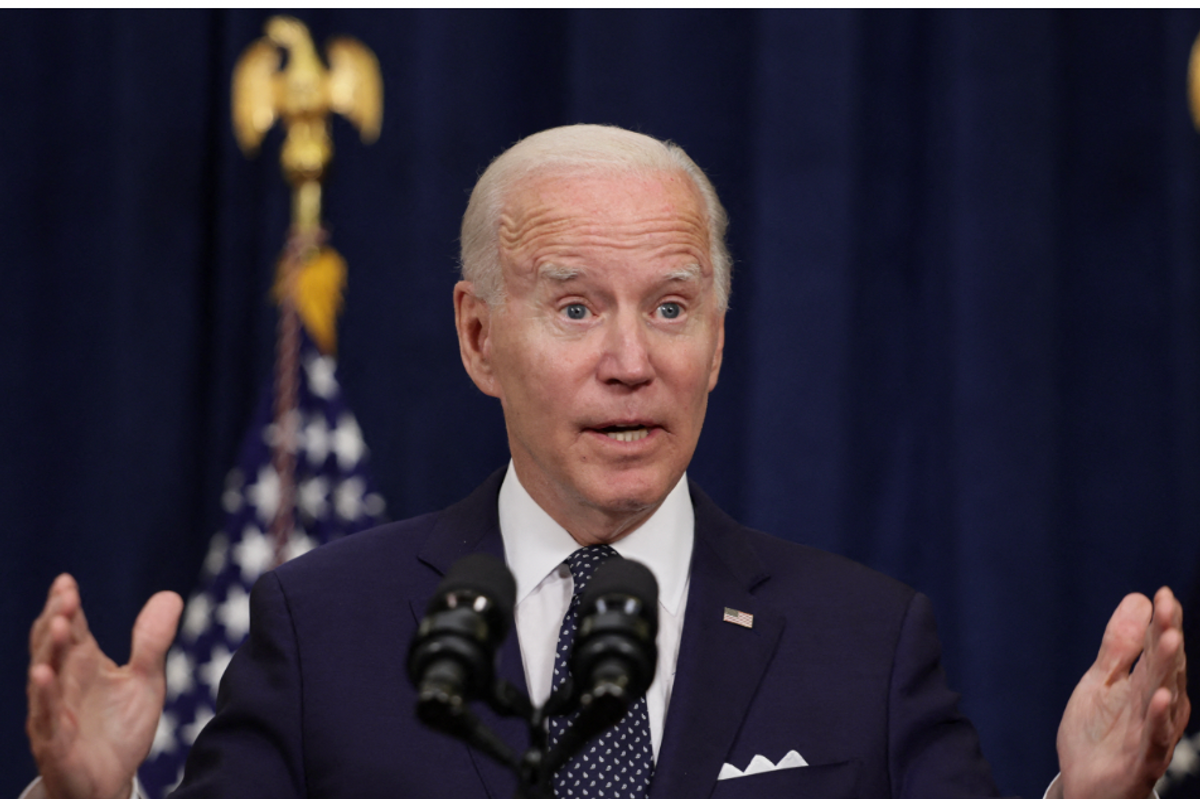
Sunday, March 3 will mark the 100-year anniversary of the Woman Suffrage March on Washington by brave women demanding the right to vote. The fight for women’s rights didn’t begin in 1913; in fact, the movement had over 50 years of history prior to this momentous event led by the National American Woman Suffrage Association.
Two prominent women in American history—Susan B. Anthony and Elizabeth Cady Stanton—were introduced by abolitionists William Lloyd Garrison and George Thompson in 1851 during an anti-slavery gathering in Seneca Falls, and from there they began their friendship and partnership. At the Seneca Falls Conference in 1848, Stanton wrote in The Declaration of Sentiments, “The history of mankind is a history of repeated injuries and usurpations on the part of man toward woman, having in direct object the establishment of an absolute tyranny over her. To prove this, let facts be submitted to a candid world. He has never permitted her to exercise her inalienable right to the elective franchise. He has compelled her to submit to laws, in the formation of which she had no voice…”
In letters between Stanton and Anthony, Stanton described the challenges she faced in her personal life. Women’s suffrage weighed on these women; the political issue affected their everyday lives, and family and friends began opposing the movement. Nothing would stop them from moving ahead two decades to the founding of the National American Woman Suffrage Association, aimed at promoting amendments to the Constitution that would ultimately give women the right to vote.
On March 3, 1913, led by American suffragist activists Alice Paul and Lucy Burns, men and women from across the country met in Washington, D.C. to march down Pennsylvania Avenue in support of women’s rights. Taking place the day before President Wilson’s inauguration, this historic march and subsequent demonstrations across the country succeeded in bringing national publicity to the issue through protests and speeches, proving that women deserved an equal place in politics. But they faced angry opposition from a faction of Americans — mostly but not all male — who resisted social progress for women. What came of this opposition was an all-out war on feminism.
Women marching in the Washington parade were physically assaulted, spit on, hit, and heckled by spectators. Accounts detailed police ignoring edicts from Major Richard Sylvester, D.C.’s Chief of Police, who gave orders to protect those marching. Men who supported the movement were targeted as well. A report from Major General Anson Mills, who marched with some of his men, said in a New York Times article, “Crowds of hoodlums sneered at my division in the parade and made insulting remarks. The police made no effort to rebuke them. They were ruffians whom I had never seen before and who seemed to be strangers. I think they were Baltimore hoodlums. They charged us with being henpecked. They indicated their determination to send us home by breaking up the parade. The crowd was lolous [sic] and made vicious attempts to break up the ranks of the marchers, with practically no interference from the police.”
A separate article featured in the Times from March 4, 1913 details, “At times fighting its way, the suffrage procession passed through a narrow channel with walls of spectators on either side. They effect of the parade was spoiled, the marchers were greatly inconvenienced, and at times were subjected to insult and indignity. Many persons were injured. The leaders of the suffragists are very indignant, and their sentiments are shared by many members of Congress. Many men here who do not believe in the suffrage cause say that the treatment given to those who marched yesterday was an insult to American womanhood and a disgrace to the Capital City of the Nation.”
From groups who resisted the movement came unrelenting assaults on women’s femininity—painting them as either lesbians or unattractive, lonely women incapable of finding husbands. Such misogynist propaganda infiltrated the news, portraying suffragists completely unfairly. Opponents claimed that women should remain out of politics and find a man to speak for them, since allowing women into the political process would be detrimental to the state.
Despite the fear-mongering, proponents of woman’s suffrage were able to draw the attention of members of Congress, and with the support of President Wilson gained momentum. Susan B. Anthony would never see the result of her efforts, but the Nineteenth Amendment, drafted by her and Stanton, was finally ratified in 1920.
From Seneca Falls to the first National Women’s Rights Convention in Worcester, MA, to the founding of the National American Woman Suffrage Association by Anthony and Stanton, women’s rights have come a long way. Yet today women’s issues are still hotly debated—abortion, access to birth control, the Violence Against Women Act (which finally passed in the House on Thursday)—with profound implications for the future of women in the United States.
To see photos from the 1913 Woman Suffrage March, click here


